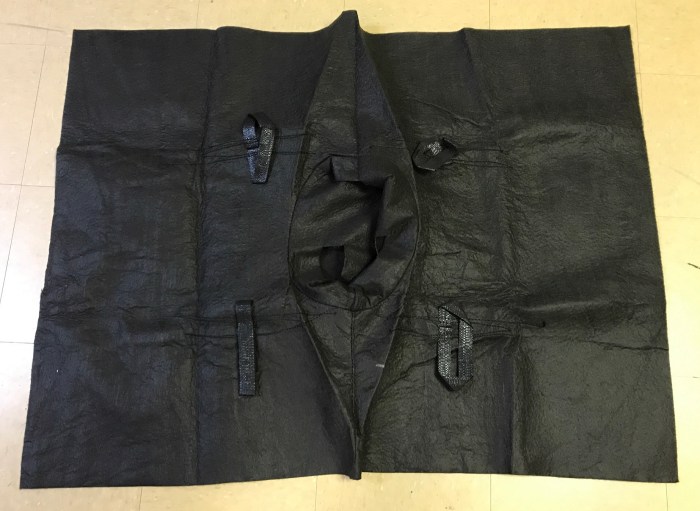How to catch witches: a question that has haunted humanity for centuries. In this captivating exploration, we delve into the historical context, methods of witchcraft detection, witch trials and prosecutions, and the social impact of witchcraft accusations. From the societal factors that fueled the belief in witchcraft to the chilling legal processes involved in witch trials, this narrative unravels the complexities of a dark chapter in human history.
Our journey begins with a comprehensive overview of the historical context surrounding the persecution of witches, examining the societal and cultural factors that contributed to the widespread belief in witchcraft. We then explore the various methods used to identify and accuse individuals of witchcraft, shedding light on the rationale and limitations of these often-flawed practices.
Historical Context

The belief in witchcraft and the persecution of alleged witches have a long and complex history, dating back to ancient times. During the Middle Ages and early modern period in Europe, the fear of witchcraft reached its peak, leading to a widespread witch craze that resulted in the execution of countless individuals.
The societal and cultural factors that contributed to the belief in witchcraft included:
- Religious intolerance and the influence of the Christian Church, which demonized pagan beliefs and practices.
- Social and economic tensions, such as poverty, disease, and political instability, which created a climate of fear and suspicion.
- The role of superstition and folk beliefs, which attributed supernatural powers to certain individuals.
Methods of Witchcraft Detection

Various methods were used to identify and accuse individuals of witchcraft, including:
- Ordeals: Physical tests, such as swimming or burning, which were believed to reveal the presence of witchcraft.
- Examination of the body: Searching for physical marks, such as the “devil’s mark,” which were believed to indicate a pact with the devil.
- Confessions: Obtained through torture or other coercive methods, which were often unreliable.
- Spectral evidence: Testimony that the accused had appeared in the dreams or visions of witnesses.
These methods were often unreliable and led to the wrongful accusation and execution of many innocent individuals.
Witch Trials and Prosecutions

Witch trials were legal proceedings held to determine the guilt or innocence of individuals accused of witchcraft. These trials were often characterized by:
- Bias and prejudice: The accused were often presumed guilty from the outset.
- Lack of due process: The accused were often denied basic legal rights.
- Use of torture: Torture was frequently used to extract confessions.
Notable witch trials include the Salem Witch Trials in Massachusetts in the late 17th century and the European witch hunts of the 15th and 16th centuries.
Social Impact of Witchcraft Accusations
Witchcraft accusations had a profound social and psychological impact on individuals and communities:
- Fear and suspicion: The fear of witchcraft created a climate of mistrust and suspicion.
- Social isolation: Accused witches were often ostracized and excluded from their communities.
- Gender bias: Women were disproportionately accused and executed for witchcraft.
Witchcraft accusations also played a role in shaping social hierarchies and reinforcing gender roles.
Contemporary Perspectives on Witchcraft: How To Catch Witches

Modern perspectives on witchcraft vary widely:
- Neo-paganism: Some individuals identify as modern witches and practice neo-pagan religions that incorporate elements of pre-Christian beliefs.
- Historical study: Scholars continue to study the history of witchcraft and its social and cultural significance.
- Cultural fascination: Witchcraft remains a popular subject in literature, film, and television, often reflecting contemporary concerns and anxieties.
The resurgence of interest in witchcraft has sparked debates about the nature of belief, the role of superstition, and the significance of the past.
Clarifying Questions
What were the most common methods used to detect witches?
Various methods were employed, including water ordeals, where suspects were thrown into water and believed to float if guilty; witch marks, where unusual bodily features were seen as signs of witchcraft; and pricking, where needles were used to search for insensitive spots thought to indicate a pact with the devil.
What was the role of gender in witch trials?
Women were disproportionately accused and executed as witches, due to prevailing beliefs about their association with the devil and their perceived weakness and susceptibility to temptation.
What is the significance of witchcraft in contemporary culture?
Witchcraft has experienced a resurgence of interest in recent years, with many seeing it as a symbol of female empowerment, spirituality, and the rejection of societal norms.
